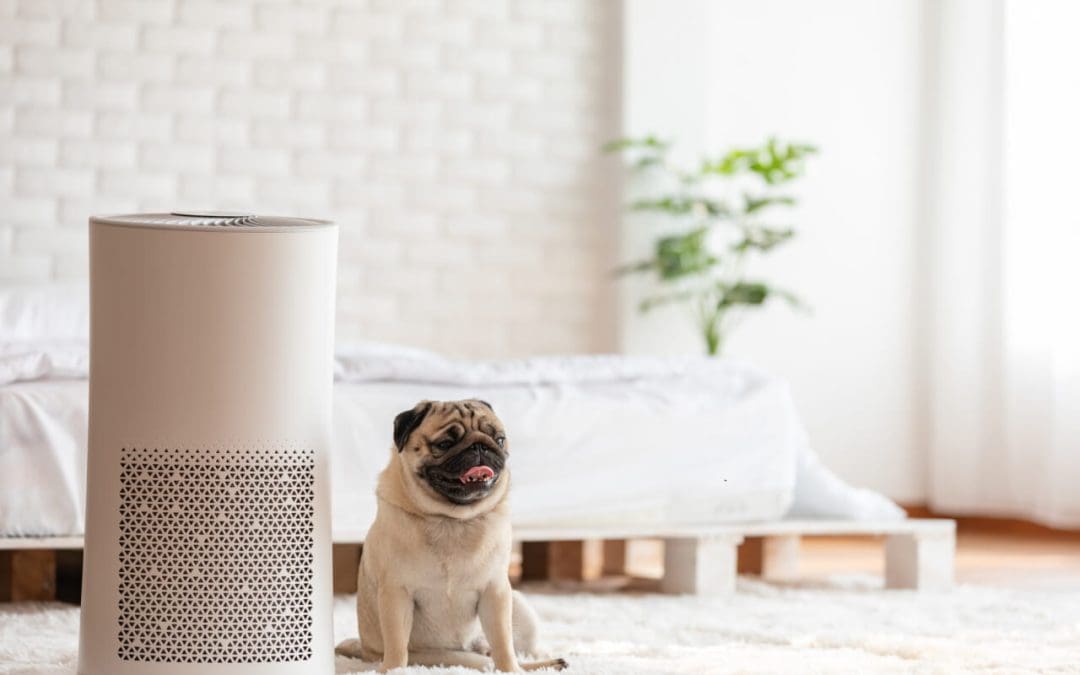Living with allergies sometimes feels like a constant battle against invisible enemies, but making your home free from allergens is achievable. You just need to understand the common culprits and implement some smart strategies. Here’s how to allergy-proof your home.
Removing Dust Mites
Dust mites are a major trigger for many allergy sufferers. Bedding, upholstered furniture, and carpets are prime real estate for dust mites. The good news is you can remove them effectively. Start by encasing your mattresses and pillows in allergen-proof covers. These create a barrier that dust mites can’t penetrate. Wash your bedding in hot water (at least 130°F) every week to kill any lingering mites. For items that can’t be washed in hot water, a spin in a hot dryer for at least 20 minutes should also do the trick. Swap heavy drapes for washable curtains or blinds, and if possible, opt for hard flooring instead of carpets, as carpets trap more dust mites. If you love your rugs, make sure to vacuum them regularly.
Allergy-Proof Your Home By Controlling Pet Dander
For the many who share their homes with pets, managing pet dander is key. While completely eliminating dander might be unrealistic for some, you can definitely reduce it. Establish pet-free zones, especially in bedrooms. Regularly groom your pets outdoors, if possible, to minimize shedding inside. Just like with dust mites, frequent vacuuming is crucial. Use air purifiers with HEPA filters, particularly in areas where your pets spend the most time. Remember that pet dander sticks to fabrics and surfaces, so regular cleaning is non-negotiable.
Keeping Mold at Bay
Mold loves moisture, and where there’s moisture, there’s often mold. This can be a major trigger for respiratory allergies. Focus on controlling humidity levels in your home. Aim for a humidity level between 30% and 50%. Use exhaust fans in bathrooms and kitchens to vent out steam. Promptly address leaks or water damage. Clean bathrooms and kitchens regularly with mold-killing solutions. Pay attention to areas prone to dampness, like basements and laundry rooms. If you notice persistent mold growth, consult a professional for removal.
Allergy-Proof Your Home: Keeping Outdoor Allergens Out
During allergy season, pollen can easily hitch a ride indoors on your clothes, shoes, and even through open windows. Keep windows and doors closed as much as possible, especially on high-pollen days. Use air conditioning with clean filters to circulate air. When you come inside, leaving your shoes at the door and changing your clothes will help avoid tracking pollen throughout your home. Regular dusting with a damp cloth will also help capture any pollen that does make its way inside.
The Role of Air Purifiers
Air purifiers equipped with HEPA filters are a valuable addition to your allergy-proofing arsenal. These filters are designed to trap tiny airborne particles, including dust mites, pet dander, pollen, and mold spores. Place air purifiers in the rooms where you spend the most time, such as your bedroom and living room. Remember to replace the filters regularly according to the manufacturer’s instructions for best performance.
Cleaning Consistently is Key
Regular and thorough cleaning helps maintain an allergy-free home. Dust frequently with a damp cloth to avoid stirring up allergens. Vacuum at least once or twice a week. Wash curtains and other fabric items regularly. Clean surfaces like countertops and shelves where allergens can settle. Consistency is the name of the game – a little bit of cleaning on a regular basis will make a big difference.
These strategies will help you reduce the allergens in your home and create a much more comfortable and healthy living environment. Take control and make your home a place where you can breathe clean air.
FAQs About How to Allergy-Proof Your Home
What type of vacuum cleaner is best for allergies?
A HEPA filter vacuum is best for reducing allergens. Sealed systems are a plus.
How often should I change the filters in my HVAC system?
Standard filters should be changed every 1-3 months, while thicker filters can be changed less frequently, like twice a year.
Are there specific plants that are better or worse for indoor allergies?
Spider plants, snake plants, peace lilies, and pothos are known to purify air. Avoid heavily flowering or fragrant houseplants, and watch for mold in the soil.
Should I consider professional duct cleaning?
Professional duct cleaning is recommended if there’s a mold problem or after major renovations.
What are some natural ways to reduce indoor allergens?
Ventilate, use natural cleaners, control humidity, and declutter. Use essential oils cautiously, as they could be irritating to some.
Inspection Services of Wisconsin offers home inspections in Northeast and South Central Wisconsin. Contact us to request our services.

